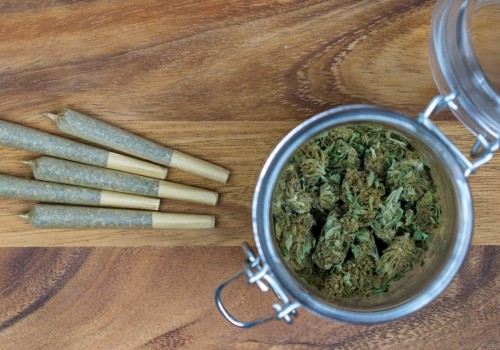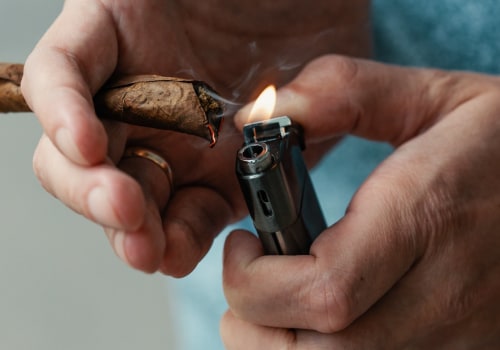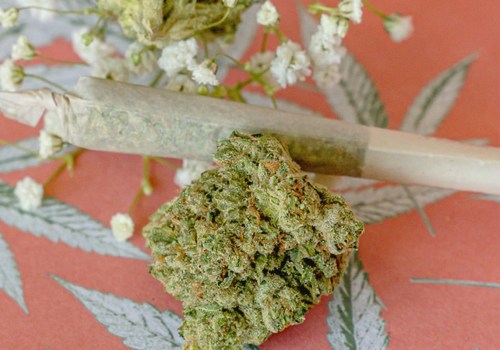Perhaps the most iconic way to consume cannabis, joints are small and portable, and you can take them anywhere and turn on. If you're looking for the healthiest hemp paper option, try to find hemp rolling papers that don't contain harmful additives. Despite the increase in the prevalence of joint use and the health risks associated with their use, very few studies have compared the effects of joints with those on joints. Despite the high prevalence of direct smoking among cannabis users, very few studies examine the clinical profile of non-stop tobacco smokers compared to those who use more common methods of cannabis use, such as joints.
When rolling a joint, a person normally licks and seals the joint while rolling it; the saliva acts as an adhesive to seal the plug. Like isolates and oils, CBD blunt is derived from the hemp plant, so it will contain a good amount of cannabidiol. Given the high prevalence of heavy use among adults dependent on cannabis seeking treatment, more research is needed to understand how joints and other methods of administering cannabis are becoming increasingly popular (for example, heavy users tend to smoke cigarettes or LCC directly after bluntly consuming them, a practice known as “blunt pursuit”) (Sifaneck et al. To recap, the joints are wrapped in a tobacco leaf, while the joints and joints are wrapped in a rolling paper that is normally made of wood pulp, rice or hemp.
African Americans and younger adults may also have higher rates of joint consumption because of the common perception that joints are safer alternatives to other products, such as cigarettes. However, blunts are manufactured with both LCC and blunt products, which, like rolling papers for joints, come in different sizes.



